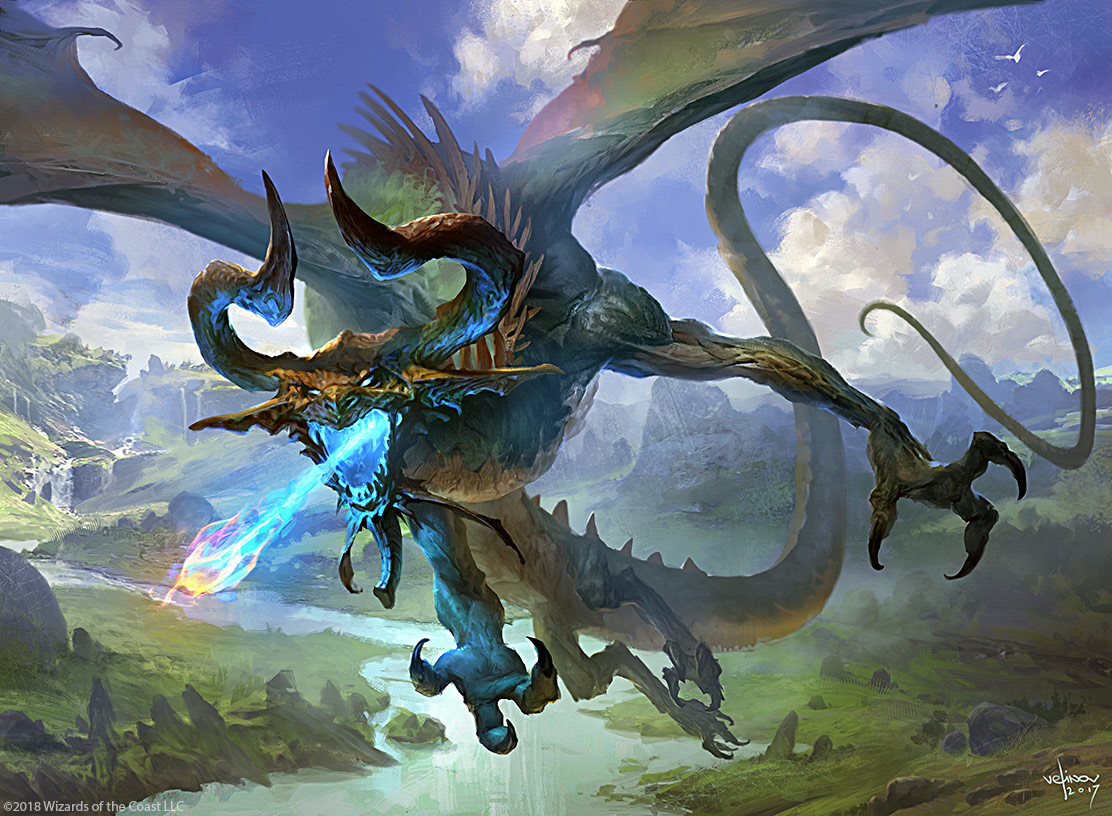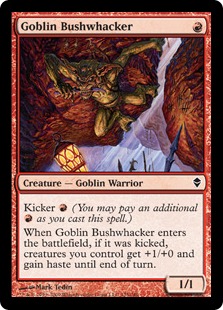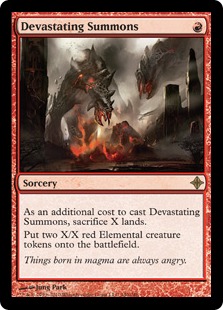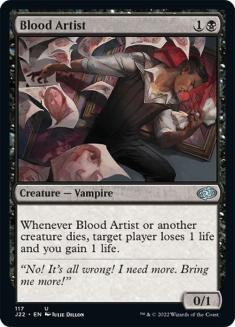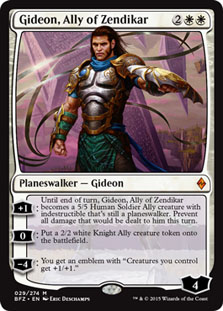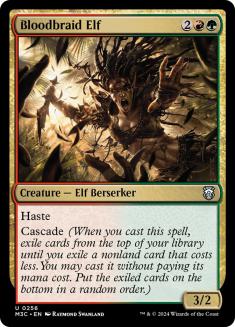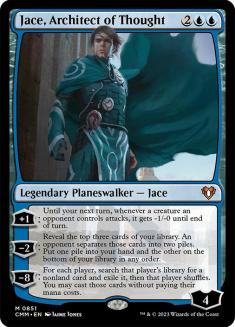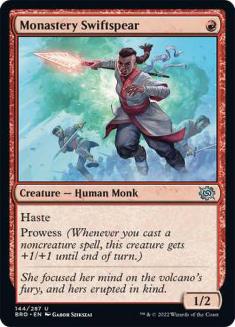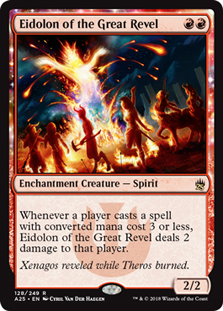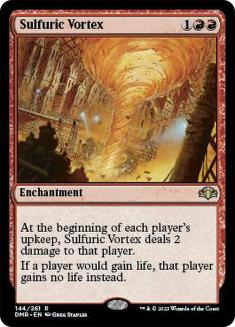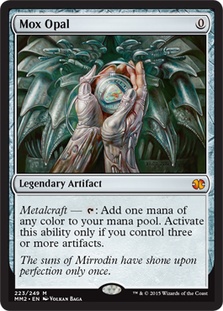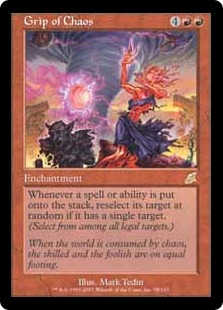Great news everyone! They’re still allowing me to write Cube articles! I’m very grateful for that fact, in part because today’s topic is one that I’m personally very invested in and have been wanting to write about for some time. Today I’m going to talk about Cube size.
Every Cube owner that I’ve ever met has strong feelings on which Cube size they prefer, though the conversation around the pros and cons of various sizes is rarely fully fleshed out. Ultimately how you maintain your own Cube comes down to your own personal preference, though there are a number of things worth considering if you’re uncertain on how large you want your Cube to be. I mentioned in my introductory article on Cube design that the only barebones requirement is that you’ll want about 45 cards per player, but now it’s time to go over the considerations beyond that.
540-Card Cubes
I imagine that this is the approximate Cube size that most players have the most experience with, largely because this is the size used for most of the Magic Online (MTGO) Cubes. The MTGO Cubes are only used to support eight-player drafts, which means that one-third of the cards in the Cube are left out from a given draft at random. I believe that the motivation for this size in this context is largely that this variance in the cards drafted contributes to replayability.
Playing the same cards the same way every time is the fastest way for a format to get stale, and rotating some cards is a fine way to address this. It’s also easier to fit a wider range of archetypes into a Cube by having extra cards, and more archetypes is likely to make the Cube appeal to a wider range of players.
The downside of this variance and diversity is that not all archetypes are created equal and the cards for every archetype won’t necessarily be available in a given draft. To illustrate this concept, I’ll pull an example from my Grixis Cube. My personal Cube list is 360 cards and does not feature a tokens matters theme, and adding this theme was one of the steps I took to scale the Cube up to 540 cards for its MTGO run. In retrospect I would cut this theme from the 540-card list as the tokens decks tended to rely on getting some of the best cards from other archetypes while also leaving a lot of cards like Goblin Bushwhacker in packs that really only worked in the one archetype and were generally unexciting.
Speaking more generally, niche cards are going to suffer a lot in Cubes where you don’t draft all the cards. I can be confident that I’ll want to cast Jace, the Mind Sculptor, so long as my deck generates blue mana, but Priest of Forgotten Gods decks require a lot more moving parts.
Alternatively, 540-card Cubes are great environments for midrange decks. If you like planeswalkers, Bloodbraid Elfs, and just generally casting good stuff on-curve without much regard for theme then this is likely the size for you. It benefits Cubes of this size tremendously to try to maintain a relatively flat powerband to account for the variance in what cards show up in a given draft. Avoiding archetypes that hinge on specific cards goes a long way in ensuring that everybody can draft a functional deck.
Personally, I believe that the MTGO Modern Cube is the best example of a well-designed 540-card Cube among their regular offerings. Beatdown and control decks are pretty well-balanced, there are a lot of generically good options up and down the curve, and there aren’t narrow archetypes nor archetypes that are dramatically more powerful than the others when they come together. I prefer the high-power and volatility of the MTGO Vintage Cube, though it is nice to just be able to draft whatever cards I want without seeing oddball cards in packs and/or losing to a Turn 2 Iona, Shield of Emeria.
360-Card Cubes
You probably gathered from the fact that I had to scale the Grixis Cube up from 360 cards to 540 that this is my preferred size. I find that drafting every card in every eight-player draft gives you a lot more control over the draft experience. You get a better idea of what cards consistently go first and last, which archetypes go underdrafted and which overperform every time you draft. I’m very hands on and like to update my Cubes regularly, so this lower level of variance is very beneficial to me.
This is something of a double-edged sword though, as this reduced variance also puts more pressure on properly balancing your Cube. You’ll get a lot of deep sighs from your friends when they play against Mono-Red and lose to it in the third consecutive draft.
One of the best ways to balance archetypes is to ensure that the overwhelming majority of cards in your Cube have a home in multiple archetypes and color combinations. A very important feature of the 360-card build of my Grixis Cube is that all of the Reanimator targets are eminently castable. Most of the creatures cost six or less, and the artifact mana makes casting Inkwell Leviathan or Griselbrand from your hand surprisingly likely. Emrakul, the Aeons Torn is the big exception to this rule, though even with Emrakul there are cards like Mind’s Desire and Aminatou’s Augury that will make her desirable to multiple players in a given draft. This is important not just for balance, but also for replayability. The more options you give players for how they can utilize the cards the more replayable the experience will be.
Specific synergies are much easier to support in 360-card Cubes, as you’ll always have some chance of seeing both sides of a given synergy. While I don’t feature the token theme in my 360-card Grixis Cube, it would be much easier to support in that environment if I decided to. You want to be careful with how hard you push synergies though, specifically if you enter the territory of actual two-card combos. My playgroup enjoys having Lion’s Eye Diamond and Yawgmoth’s Will in Cube, though the fact that somebody tends to get this combination in every draft would be a consistently bad play experience for players who dislike Storm. I strongly dislike Splinter Twin in Cube, and the idea of one of my opponents having Splinter Twin in every draft disgusts me, so it never makes it into my designs.
An interesting example of a card that I liked in the 540-card build as compared to 360 is Mox Opal. The artifact column doesn’t scale as well to the larger size, as most of the appropriately powerful artifacts are already in the 360-card build, which means the artifacts matter decks come together a bit less consistently. Mox Opal is pretty reasonable if it doesn’t show up in every draft and there isn’t a high enough saturation of artifacts to make it come online on Turn 2 or 3 in every game, though in an environment where it is in every draft and you can often end up with an artifact land or two it really doesn’t feel that much different from Mox Sapphire.
I find that 360 cards is the best size for high power and high synergy environments, as the insurance that all of your synergies will be available in every draft allows you to better control the delta between the most powerful cards in the Cube and the weakest. The variance that comes with having extra cards reduces your control over these synergies, which puts more pressure on individual cards to be on a more level playing field to reduce one-sided matches.
Some Cube designers like a happy medium between 360 and 540 to try to capture some variance while also still having a bit more control over balance. My personal belief is that once you add the 361st card you want to aim your design closer to the Modern Cube philosophy, though 540-card synergistic environments are definitely possible. I know I’ll never have trouble adding ten more blue cards to my Cubes, though it tends to be the weakest colors and archetypes that are hurt the most by increases in variance, as they are more reliant on the cards lining up the right way.
720-Card Cubes Or Larger
Some folks like to have really large Cubes. In terms of balance I would take everything that I said about 540-card Cubes and add more urgency to those principles. When half of the cards are left out of a given draft, you really can’t rely on consistent synergies, and these environments should mostly aim to be midrange fights with a modest power level.
The two most common arguments for Cubes of this size would be that you want to be able to support more than eight drafters or that you value the variance that comes with the larger Cube size. Balance is going to get progressively more difficult as you add cards to this point and beyond, though some playgroups are going to value balance a lot less than I do. Sometimes it’s fun to just embrace the chaos.
My favorite example of a large Cube is Eric Klug’s Pro Tour Cube. The Cube features one copy of every card that has ever won a Pro Tour/Mythic Championship. It looks like there are around 1,000 cards in the Cube now, and in that list you’ll find one copy of Urza’s Mine, Urza’s Tower, and Urza’s Power Plant. A curated version of the Cube had a run on MTGO a few years back, though the uncurated stack is far more charming. I think you really want an interesting gimmick if you’re going to maintain a Cube of this size, because the drafts and games are going to be a little all over the place.
How large you want your Cube to be is largely a question of how much variance you want to introduce and how invested you are in balanced gameplay. I like the creative control garnered by draft environments where all of the cards are drafted, but there’s value to a bit more volatility as well. Ultimately, Cube draft is all about playing Magic the way that you and your friends enjoy it most. Hopefully you found this overview helpful in facilitating that experience.

